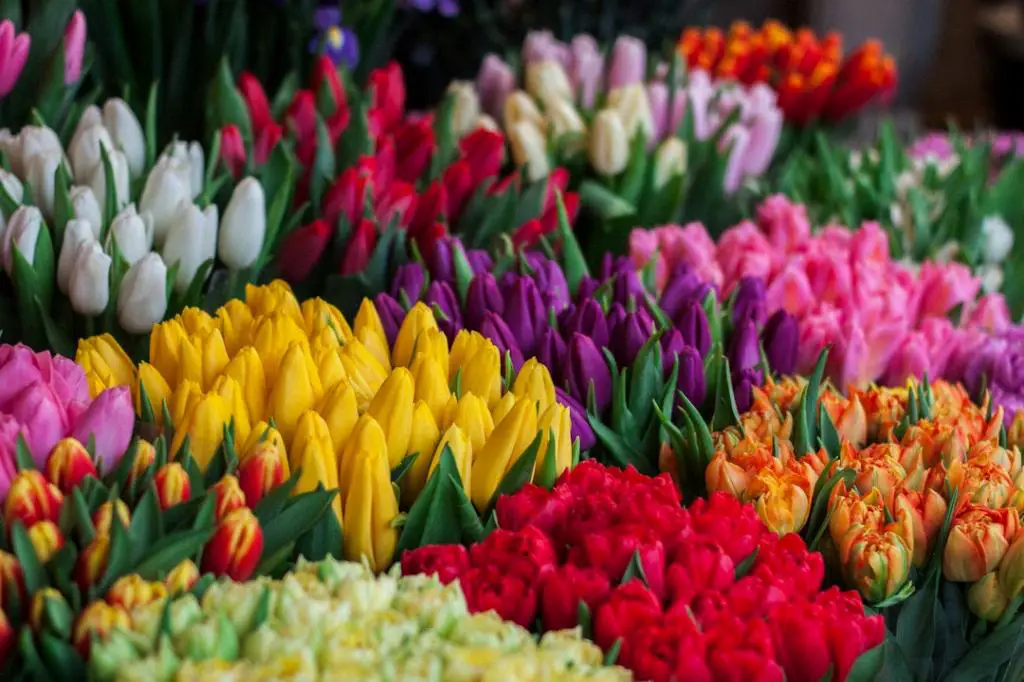Tulip bulbs are known for their vibrant colors and delicate blooms, making them a popular choice for spring gardens. Planting tulip bulbs at the right time is crucial to ensure healthy growth and beautiful flowers. In this article, we will explore the significance of timing when planting tulip bulbs and provide valuable insights on how to achieve successful results.
Understanding Tulip Bulbs
Tulip bulbs are specialized underground storage structures that contain all the nutrients and energy needed for the plant to grow and bloom. There are various types of tulip bulbs available, including single early, double late, and Darwin hybrid tulips, each with unique characteristics. Before planting tulip bulbs, it is essential to consider factors such as bulb size, shape, and firmness to ensure optimal results.
Ideal Timing for Planting Tulip Bulbs
The optimal season for planting tulip bulbs is during the fall when the soil has cooled off from the summer heat. In colder climates (zones 3 to 5), planting in September is recommended, while in transitional climates (zones 6 to 7), October is ideal. For warmer regions (zones 8 to 9), November or December is the best time to plant tulip bulbs. Planting too early or too late can have negative effects on bulb development and blooming.
Steps to Plant Tulip Bulbs
To plant tulip bulbs successfully, start by preparing the planting area by digging holes at the correct depth and spacing them appropriately. Ensure the soil is well-drained and rich in nutrients to promote healthy growth. After planting, provide proper aftercare by watering the bulbs and protecting them from pests and harsh weather conditions.
Importance of Soil and Location
Tulip bulbs thrive in well-draining soil with a neutral pH level. They prefer sunny or partially shaded locations that receive adequate sunlight throughout the day. Choosing the right soil and location for planting tulip bulbs is essential to promote strong root development and vibrant blossoms.
Common Mistakes to Avoid
Overcrowding tulip bulbs, planting them at the wrong depth, and neglecting aftercare practices are common mistakes that can hinder bulb growth and blooming. To avoid these issues, ensure proper spacing between bulbs, plant them at the recommended depth, and provide consistent care and maintenance.
Benefits of Planting Tulip Bulbs on Time
Planting tulip bulbs at the right time leads to enhanced growth and blooming, improved bulb health and longevity, and overall garden aesthetics. Timely planting allows the bulbs to establish strong root systems and develop robust foliage, ensuring a spectacular display of colorful tulip flowers in the spring.

Conclusion
In conclusion, planting tulip bulbs at the correct time is crucial for achieving successful results in your garden. By understanding the ideal timing, following proper planting procedures, and providing adequate care, you can enjoy a beautiful and vibrant display of tulip blooms in your outdoor space. Embrace the rewarding experience of planting tulip bulbs and witness the magic of nature unfold in your garden.
